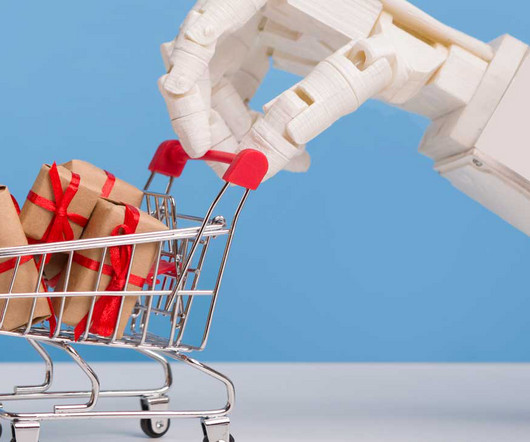Enhancing Retail Customer Experience for Greater Satisfaction and Loyalty
Small Biz Trends
JUNE 18, 2025
Key Components: Optimize store layouts, ensure personalized engagement, invest in staff training, and actively request customer feedback to improve overall satisfaction. From optimizing store layouts to leveraging technology for personalized service, every detail matters. How can retailers optimize store layouts?
















Let's personalize your content